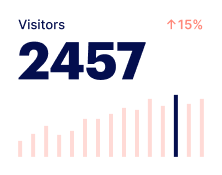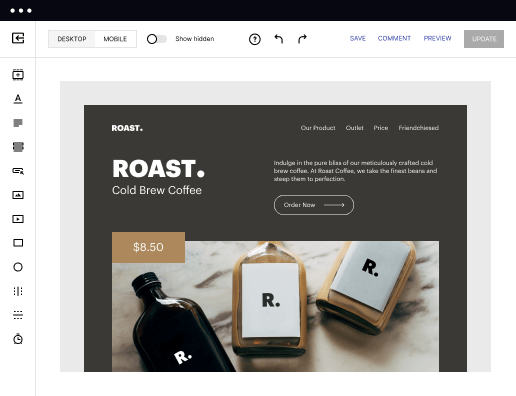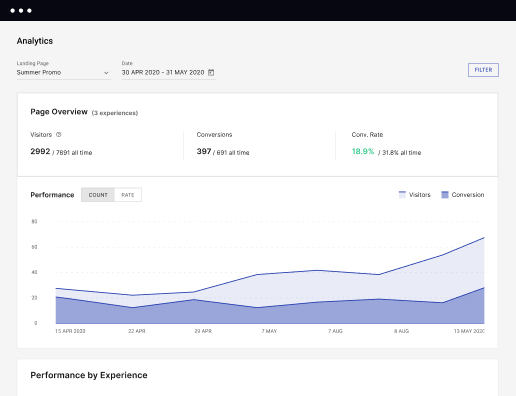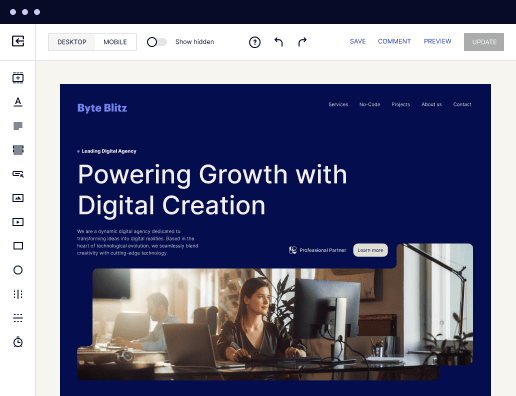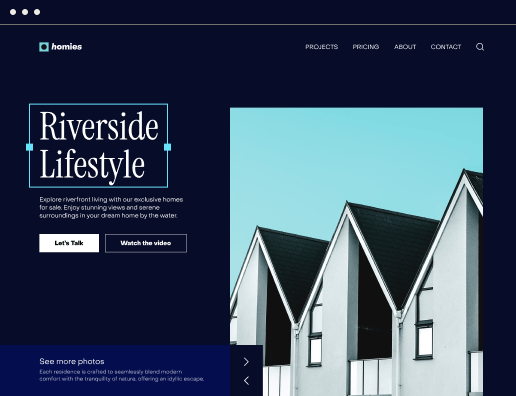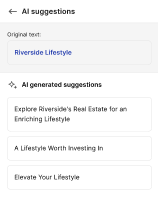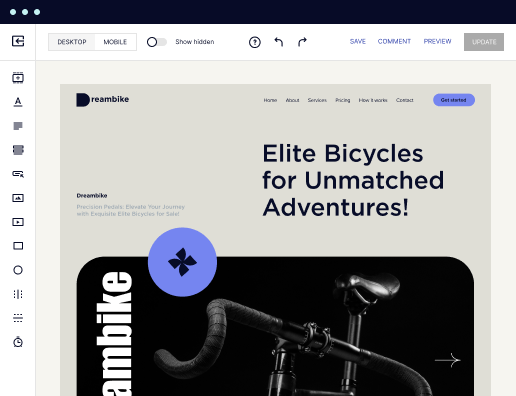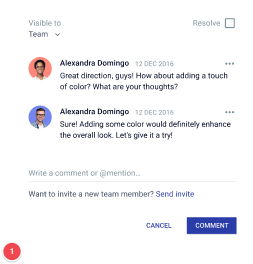Make your use case page designed for CentOS
Instapage empowers you to reduce costs, increase conversions, and deliver meaningful experiences on CentOS.
Creating Your Use Case Page on CentOS with Instapage
Savings on marketing costs and boosting conversion rates are essential goals for any business, especially for organizations targeting specific verticals like education, tech, and financial services. Instapage provides a comprehensive platform designed to create tailored use case pages on CentOS with minimal effort. This guide will walk marketers through the steps to build effective landing pages that enhance brand trust and customer loyalty.
Understanding Your Audience
Before diving into the technical steps for creating your use case page, it's crucial to understand the unique needs of your audience. Different sectors require unique approaches, so consider the following points when crafting your messaging for CentOS users:
- Identify user pain points: Recognizing the challenges that CentOS users face helps you tailor your content.
- Highlight specific solutions: Discuss how your product directly addresses user needs within key verticals.
- Showcase case studies: Use real-world examples to validate your claims and enhance credibility.
Step 1: Choose Your Layout and Goals
Once you understand your audience, the next step involves selecting a layout that aligns with their preferences. With Instapage, you have access to over 100 conversion-focused layouts. Consider these points:
- Select the right template: Choose a layout that reflects your branding and meets your marketing goals.
- Define clear objectives: Establish what you want to accomplish with your use case page, whether it's lead generation, product awareness, or customer engagement.
- Incorporate unique selling propositions (USPs): Clearly convey what sets your offering apart from competitors.
Step 2: Personalize Your Content
Creating a high-performing landing page involves personalizing content based on your target markets. Leverage Instapage's personalization features effectively:
- Dynamic text replacement: Ensure your copy resonates with the unique attributes of different audience segments.
- AdMaps: Align specific ads to individual landing pages for a cohesive user journey.
- Analytics tracking: Measure the impact of your personalized content and adjust strategies accordingly.
Step 3: Optimize and Test
Optimization is key to ensuring high conversion rates. By utilizing Instapage’s built-in experimentation functions, marketers can continuously refine their pages:
- Conduct A/B testing: Test different versions of your page to see which performs better with your audience.
- Use heatmaps: Analyze how users interact with your page to pinpoint areas for improvement.
- Review analytics: Monitor performance metrics to evaluate success and identify opportunities for scaling.
Incorporating these steps will lead to the creation of compelling landing pages on CentOS, driving your marketing success.
Ready to elevate your marketing strategy? Start building your use case page with Instapage today and see how personalized, optimized landing pages can transform your conversion rates.
Get more out of Create your use case page on CentOS
Improve your Quality Score with quick load technology for landing pages
Increase conversions with content that aligns with your ads and audiences
Achieve maximum ROI by scaling your marketing initiatives
Leading the way in building high-performing landing pages





FAQs
See how to create your use case page on centos in action
Ready to skyrocket conversions?
Supercharge your ad campaigns with high-performing landing pages.
Get started
